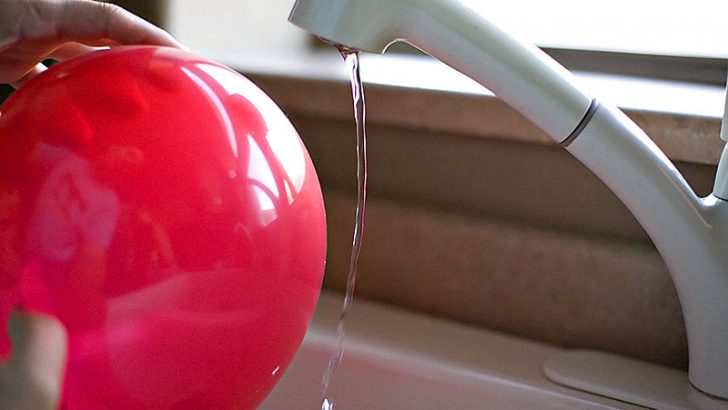Children’s Corner
There is quite an easy science experiment which is great for helping kids learn about static electricity. Static electricity is a familiar electric phenomenon in which charged particles are transferred from one body to another. For example, if two objects are rubbed together, especially if the objects are insulators and the surrounding air is dry.
We’ll get into how this happens later, for now demonstration is the best form of instruction. Try bending water with static electricity produced by combing your hair or rubbing it with an inflated balloon. Can it really be done? Give it a try and find out!
Apparatus
-A plastic comb (or an inflated balloon)
-A narrow stream of water from a tap
-Dry hair
Method
-Turn on the water so it is falling from the tap in a narrow stream (just a few millimetres across but not droplets).
-Run the comb through your hair just as you normally would when brushing it (do this about 10 times). If you are using a balloon then rub it back and forth against your hair for a few seconds.
-Slowly move the comb or balloon towards the stream of water (without touching it) while watching closely to see what happens.
Explanation
The static electricity you built up by combing your hair or rubbing it against the balloon attracts the stream of water, bending it towards the comb or balloon. It certainly seems like magic but in reality, like many of the mysteries of the universe, scientists have discovered the explanation.
Negatively charged particles called electrons jump from your hair to the comb as they rub together, the comb now has extra electrons and is negatively charged. The water features both positive and negatively charged particles and is neutral. Positive and negative charges are attracted to each other so when you move the negatively charged comb (or balloon) towards the stream, it attracts the water’s positively charged particles and the stream bends.
Static electricity has many more uses than just bending water though. One of its main applications is in printers and photocopiers where static electric charges attract the ink, or toner, to the paper. Other uses include paint sprayers, air filters, and dust removal.
In the natural world it even causes lightning. Lightning occurs due to a build-up of static electricity inside a storm cloud. Moving around inside the cloud are tiny water molecules called hydrometeors. These hydrometeors are colliding and bumping into each other—creating a static electric charge.
There is much to learn about the exciting world of static electricity and this experiment will certainly whet your appetite for more knowledge on the subject.


 Chai Brady
Chai Brady
